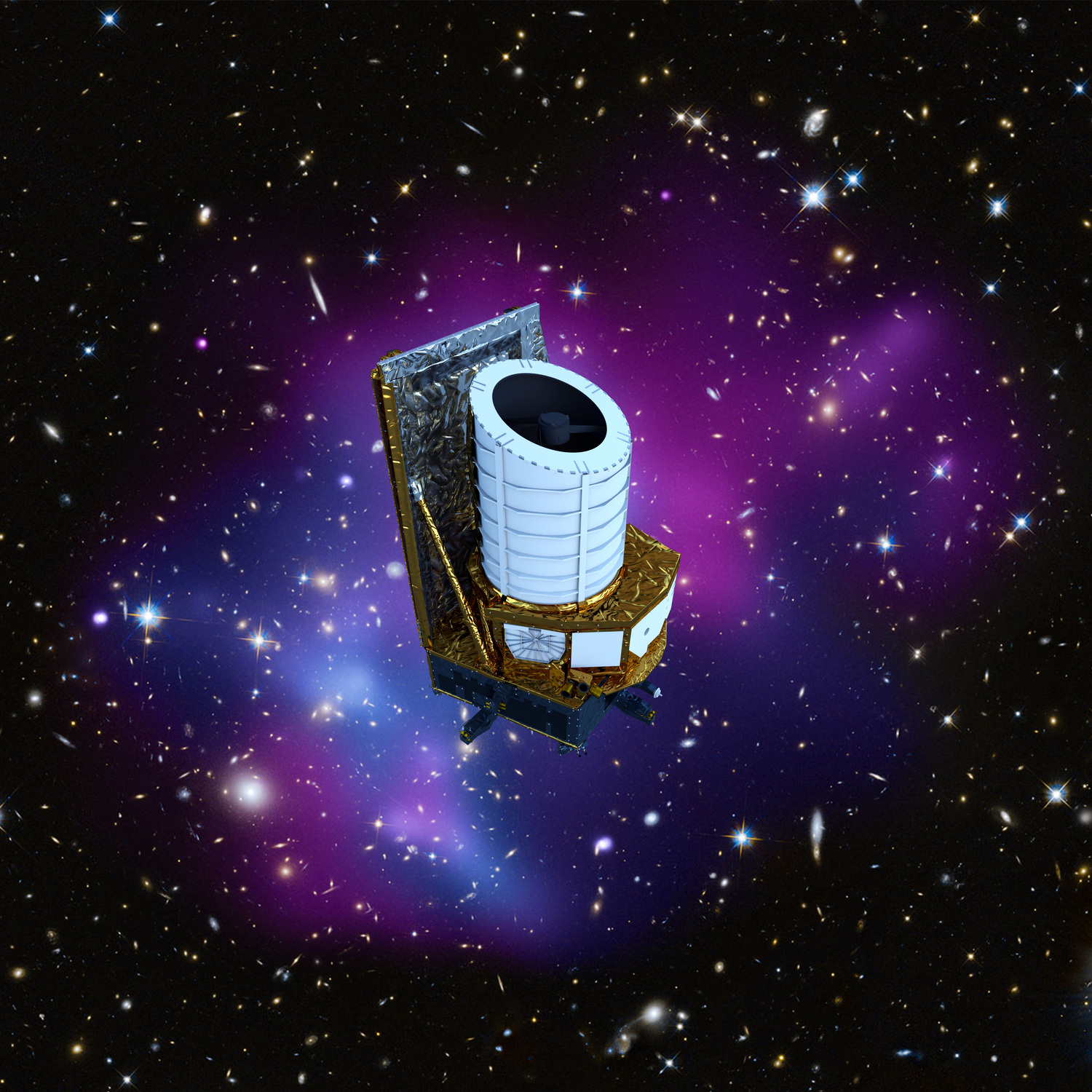

NuSTAR has been in orbit around Earth for more than eight months since its launch in June 2012, studying black holes and probing the nature of the high-energy X-ray universe. Mission and science operations have settled down into a mostly predictable daily routine, and the science team is making good progress toward achieving the primary, or "Level 1," science goals. Examples of some of the key NuSTAR observations performed to date include mapping of the central regions of our Milky Way galaxy, studying the remnants of exploded stars in our galaxy, and surveys of several well-studied extragalactic fields.
The science team spent many days preparing for the special session highlighting early NuSTAR results at the American Astronomical Society meeting in Long Beach, Calif., on January 8th. Five overview talks were presented to a standing-room-only audience of excited astrophysicists. Principal Investigator Fiona Harrison (Caltech) also participated in a press conference the previous day, unveiling two new NuSTAR images.
The mission is producing images that are 100 times more sensitive than those of any previous astronomical satellite working in the high-energy X-ray regime, providing new insight into previously poorly studied high-energy phenomena. Harrison fielded many questions from the media, and the NuSTAR image release was reported by several well-known news organizations around the world.
Looking ahead, more than 20 papers are being prepared based on NuSTAR data, with topics ranging from a bright flare of the supermassive black hole at the center of our galaxy to studies of similar black holes in distant galaxies. The NuSTAR science team will be getting together for the first time since launch in mid-March at Caltech in Pasadena. Team members from all over the world will meet in person to discuss the latest data, finalize papers for submission, review calibration models of the observatory's instrumentation, and plan future NuSTAR observations.
NuSTAR is a Small Explorer mission led by the California Institute of Technology in Pasadena and managed by NASA's Jet Propulsion Laboratory, also in Pasadena, for NASA's Science Mission Directorate in Washington. The spacecraft was built by Orbital Sciences Corporation, Dulles, Va. Its instrument was built by a consortium including Caltech; JPL; the University of California, Berkeley; Columbia University, New York; NASA's Goddard Space Flight Center, Greenbelt, Md.; the Danish Technical University in Denmark; Lawrence Livermore National Laboratory, Livermore, Calif.; ATK Aerospace Systems, Goleta, Calif., and with support from the Italian Space Agency (ASI) Science Data Center.
NuSTAR's mission operations center is at UC Berkeley. The mission's outreach program is based at Sonoma State University, Rohnert Park, Calif. NASA's Explorer Program is managed by Goddard. JPL is managed by Caltech for NASA.